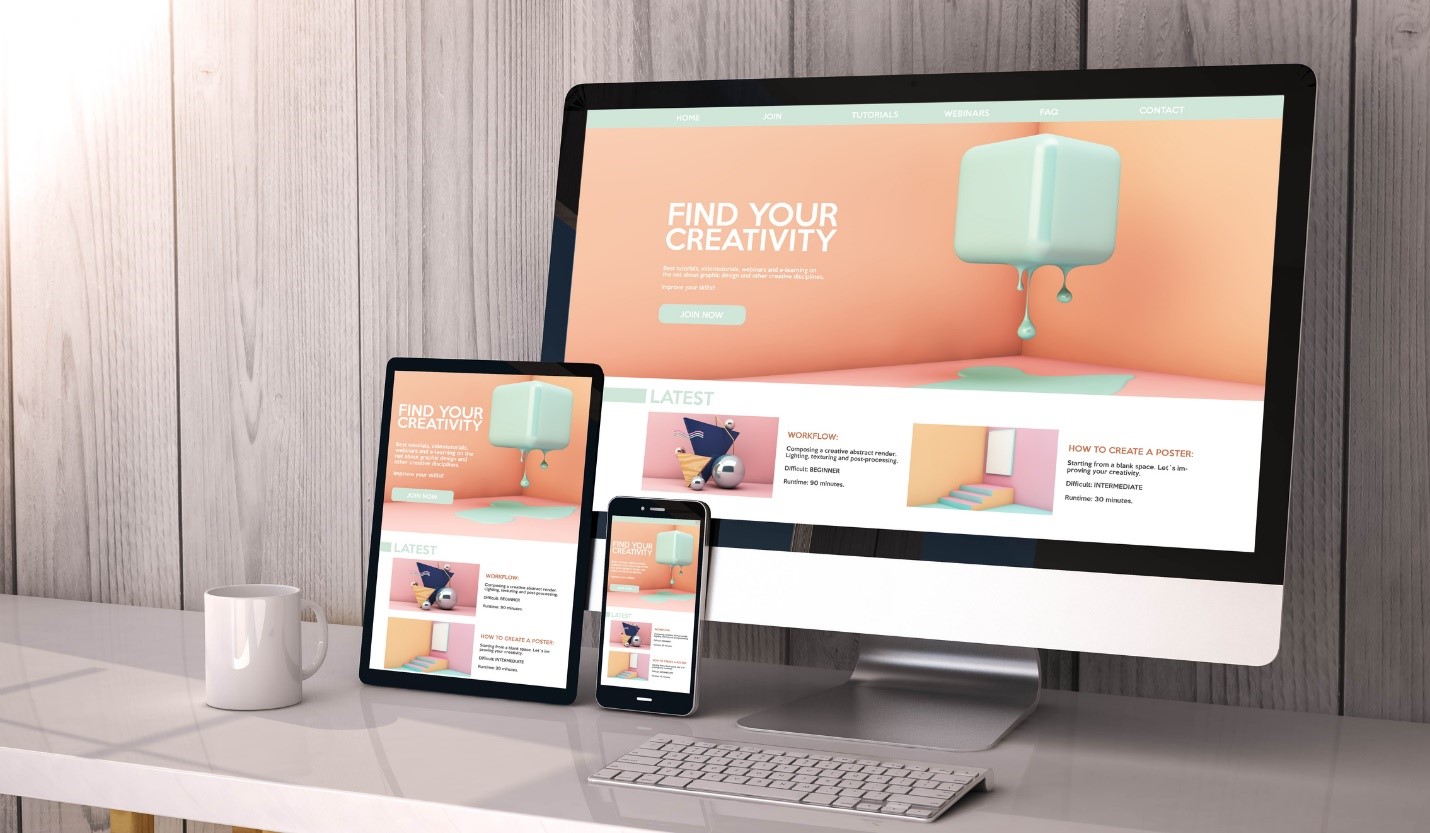6 Compelling Reasons to Use eLearning Templates

If you find yourself short on time when creating an eLearning course, or if your inspiration or graphic design skills are not at the level you want them to be, templates are an excellent method for producing high-quality content. Whether you create templates yourself or use ones built by other designers, they are often the perfect starting place that provides you with basic layouts and functionality that you can customize for your course’s content. The following six reasons explain why we love templates, and why we’ve created templates for designers to use as part of their knowbly™ subscription!
Professional Look and Feel
Many eLearning authoring platforms, such as knowbly, now provide templates to subscribers as part of their service. These templates have been designed by professionals and are not only visually appealing but also provide instructionally sound learning experiences. Templates offer effective ways of presenting and organizing content so that designers can focus on the content itself and not on how to build and design each individual slide and interaction. New designers who struggle with balancing the presentation of content along with the graphic design aspect of course creation find great relief in using templates to create professional, polished courses in a short amount of time.
Consistency
Whether you’re making a series of courses for the same client or organization, or whether you work on a team with other designers, templates allow you to create consistent, standardized courses. Many designers create their own template using their organization’s branding, colors, fonts, and layouts to use as the foundation for all their courses. This not only benefits the designers, but the learners appreciate this consistency as well because they quickly learn how to navigate and use the courses’ functionality.
Reduce Design Time
Designing eLearning courses is a time-consuming process. A final product that learners complete in fifteen minutes may be the result of weeks and even months of development time. Templates are a perfect solution for speeding up design time, as they offer layouts, interactive elements, sequencing, and programming that are all instantly available. Whether you use a pre-built template or create your own, having the functionality you need available at the click of a button allows you to focus on the content itself and not on designing each and every button and interaction from scratch. One incredible feature knowbly offers is interactive cloud-based interactions known as widgets. When you update a widget you have the option to automatically update it in one course or in every course where it’s used, so you don’t have to manually update it every place it’s used. Request a demo to see how easy it is!
Functionality
Another factor that adds significant time to course development is the testing process. Testing navigation forwards and backwards, answering quiz questions correctly and incorrectly, and clicking every possible button in the course just to make sure they all function properly is an exhausting process. Templates come with the assurance that they simply work. Buttons, interactions, and sequencing in templates all perform perfectly, and all you have to do as the designer is copy and paste in your content and add your unique images. If your template is provided by your authoring tool, you have the added confidence it will offer the full range of options that your authoring tool delivers, such as mobile device readiness and LMS compliance. Leave the quality-control process to the content itself, and trust in templates to deliver smooth-running functionality.
Reduce Production Cost
Time is money. Similar to how templates save time, templates will also save you or your organization money. For starters, many free eLearning templates are available online or as part of your subscription to your authoring tool. By using templates to save hours of development time, you will be able to complete projects faster which reduces the cost for each. Standardizing aspects of your courses will also allow you to easily reuse items across multiple courses.
Inspiration (improve your own design skills)
Even the most experienced designers sometimes run out of inspiration. Templates provide new and interesting layouts that you can use as-is or customize to suit your content, or simply use as the baseline for your own unique design. Novice designers can also learn from templates. Sometimes seeing a new interaction or process in a template can teach you that particular skill or workflow, which you can use again later in your own work. Templates can help you stretch your own design skills when you’re new to instructional design or new to a particular authoring tool, by giving you impressive and effective baseline graphics and functionality that will please your project stakeholders and your learners alike.
Are you interested in trying our responsive, rapid development tool that offers many innovative templates for your content? Connect with us here to give knowbly a try!
Related Articles:
Top 10 Free Tools Every Instructional Designer Should Know About
5 Tips on Accelerating eLearning Content While Maintaining Quality
Do eLearning Templates Matter? Considerations For Designers and Learners
